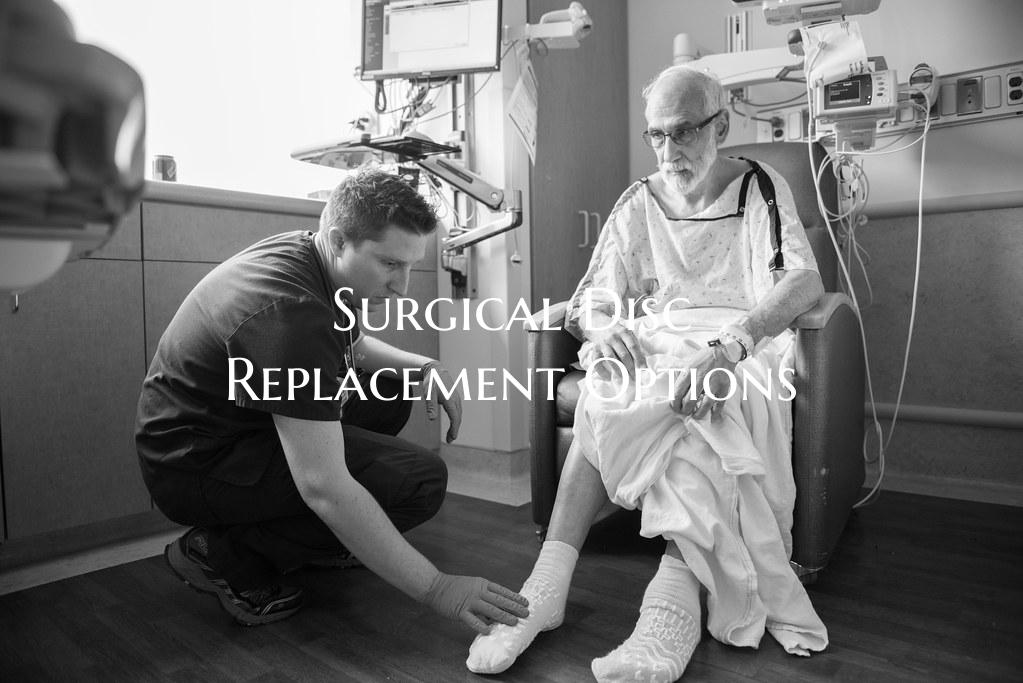
Surgical Disc Replacement Options
Introduction: Surgical disc replacement has emerged as a successful option for individuals suffering from severe disc-related conditions, such as degenerative disc disease or herniated discs. This advanced procedure aims to alleviate pain, improve mobility, and enhance overall quality of life by replacing damaged or deteriorated spinal discs with artificial implants. In this article, we will explore the different surgical disc replacement options available, including techniques, benefits, risks, and considerations.
Types of Surgical Disc Replacement: 1. Total Disc Replacement: Total disc replacement involves removing the entire damaged disc and replacing it with an artificial disc implant. This procedure aims to preserve motion at the affected spinal segment while alleviating pain and reducing the risk of adjacent segment degeneration.
2. Disc Nucleus Replacement: Disc nucleus replacement focuses on replacing the central part of the disc, known as the nucleus pulposus, with a synthetic hydrogel or other biocompatible material. This technique is designed to restore disc height and function while maintaining flexibility and reducing pressure on surrounding structures.
3. Hybrid Disc Replacement: Hybrid disc replacement combines elements of both total disc replacement and fusion surgery. In this procedure, one disc is replaced with an artificial implant while an adjacent segment is fused to provide structural support. Hybrid disc replacement aims to achieve a balance between motion preservation and stability.
Benefits of Surgical Disc Replacement: - Reduced pain and improved function: Surgical disc replacement aims to alleviate chronic pain and restore spinal function, allowing individuals to resume daily activities with greater ease. - Motion preservation: Unlike traditional fusion surgery, disc replacement helps maintain natural spinal motion, reducing the risk of accelerated degeneration at adjacent levels. - Shorter recovery time: Patients undergoing disc replacement surgery often experience a faster recovery compared to fusion procedures, enabling a quicker return to normal activities.
Risks and Considerations: - Surgery-related risks: As with any surgical procedure, disc replacement surgery carries inherent risks, such as infection, implant failure, or nerve damage. - Long-term outcomes: While many patients experience significant pain relief and improved function following disc replacement, long-term studies are ongoing to evaluate the durability and effectiveness of these implants over time. - Patient selection: Not all individuals may be suitable candidates for surgical disc replacement, and factors such as age, overall health, and the extent of disc degeneration must be carefully considered during the decision-making process.
Conclusion: Surgical disc replacement offers promising solutions for individuals struggling with debilitating disc conditions, providing an alternative to traditional fusion surgery with the goal of preserving spinal motion and reducing pain. By exploring the different options available, weighing the benefits and risks, and consulting with healthcare providers, patients can make informed decisions about the most suitable treatment approach to address their unique needs and improve their quality of life.